How is sex education in Scottish schools taught?
And at what stage do children learn in class about different parts of their bodies, how babies are made, how to use contraception and about sexuality?
Controversy over explicit sexual experience questions in a survey being conducted in schools, saw many aghast that children as young as 14 and 15 were being asked about oral sex and even anal sex.
But others argued they were already talking and learning about such matters, so it’s better to be upfront and know how many are actually doing it.
So, we looked into how sex education in Scottish schools is delivered and what is taught at each stage, from nursery to S6.
Relationships, sexual health and parenthood (RSHP) form part of the health and wellbeing element of Scotland’s Curriculum for Excellence (CfE).
Each school will deliver lessons in its own way but a curriculum-linked resource created by local authorities and health boards with advice from Education Scotland and the Scottish Government suggests the following as appropriate learning for each stage.
Sex education in primary schools
Pre-school and P1
Children may start learning about their bodies, how their body belongs to them, that some parts are private and how everyone is unique and similar but different. They can also learn about personal space and privacy, emotions, pregnancy and where babies come from.
Correct terminology is used for body parts, and in P1 children might be asked to label body parts on a drawing, including the vulva, vagina, penis and scrotum, and encouraged to use these terms instead of nicknames for them they may have learned.
P2 to P4
Children will continue to learn correct terminology for body parts and what the body parts are for. Using correct terminology is intended to remove embarrassment or shame about the parts, and helping children to clearly explain if they are ill or a have a worry.
They learn that some parts of their body are private, and that this applies to other people. This includes learning the PANTS rule promoted by the NSPCC, that what’s under their underwear is private.
Terms heterosexual, gay, lesbian and bisexual and what they mean may be taught, and children will learn how babies are made by sperm and an egg coming together. If children ask – more likely in P4 – they will be told in a factual way about sex or assisted/donor fertilisation.
P5 to P7
Children will learn about how their bodies change with puberty and how reproductive organs make babies. Topics including menstruation, wet dreams, masturbation and hormones may be covered. They will also talk about how puberty might affect their emotions and how they feel as well as the physical changes.
At this stage they will also be encouraged to understand diversity in sexuality and gender identity, and be taught what it means to be transgender.
They will learn about the concept of consent and bodily autonomy and what sexual abuse is.
They will learn about loving relationships, how people have sex, about conception, pregnancy, birth and contraception.
Sex education in high schools
S1 to S3
Young people will learn more about the impact of puberty on them and about their developing sexuality.
They may be given basic knowledge about having sex, including mutual masturbation, vaginal, oral and anal sex and what a first sexual experience might be like. They will be encouraged to delay sexual activity and learn about contraception and STIs.
Sexual orientation and LGBT equality may be covered, along with learning about consent in a relationship, the legal age of consent and about how to take action in a situation involving abusive or inappropriate sexual behaviour.
Pornography may be talked about and how it can depict violent or degrading sex not appropriate in real-life relationships.
Other topics are likely to include ‘sexting’ – sharing and sending nude images – grooming and sexual exploitation.
S4 to S6
In the senior phase stage – when ages range from 14 to 18 – young people will learn to recognise when they are ready to have sex. They will talk what a positive sexual relationship looks like.
Educators will ensure they know how to find information and support regarding sexual health, male and female contraception will be explained and demonstrations of condom-application are likely. The importance of planning for parenthood is also part of the curriculum here.
Other topics likely to be taught are how alcohol and drugs can impact on relationships and sexual choices and prostitution and human trafficking.
How parents can help at home
As well as also providing learning materials for use in primary, secondary and ASN (additional support needs) schools, the RSHP resource can be used by parents and carers at home.
NHS Greater Glasgow and Clyde is among the health boards which helped develop it.
A spokeswoman said: “RSHP, along with other areas within health and wellbeing, is designed to ensure that children and young people aged 3-18 years old are supported to develop knowledge and understanding, capabilities, skills and attributes which they need for mental, emotional, social and physical wellbeing.
“From the outset of the development of this resource, we recognised the primary role that parents and carers hold as educators of their children and young people.
“The resource is freely accessible and contains information that supports them to have conversations at home, should they wish to.”
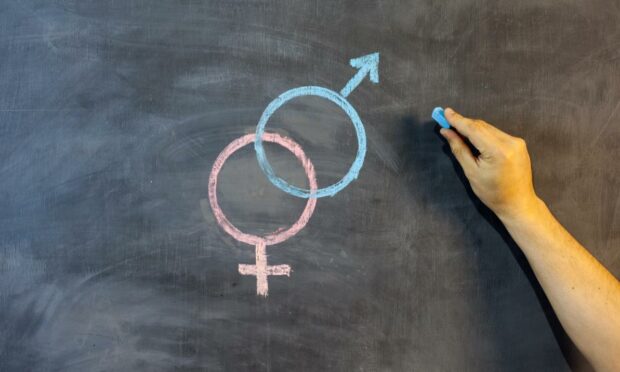
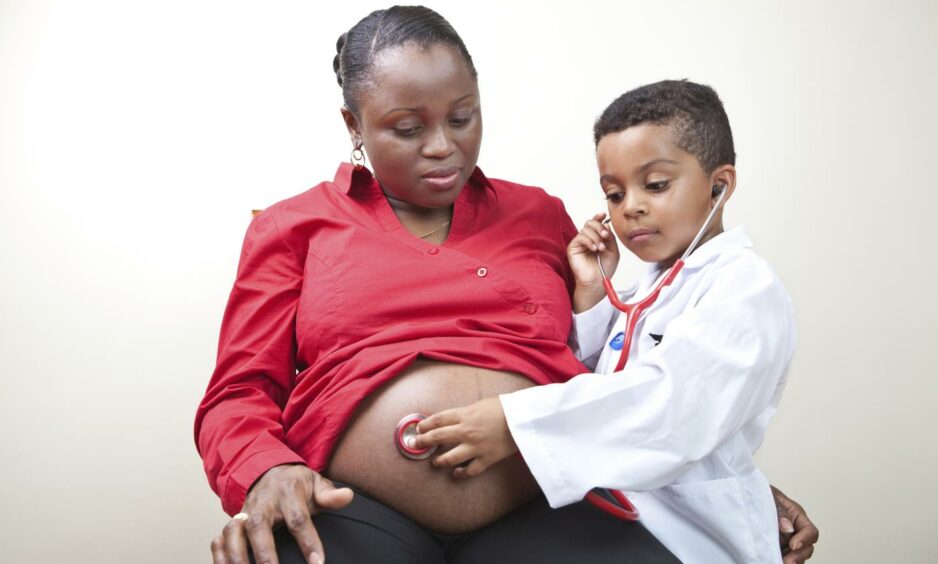
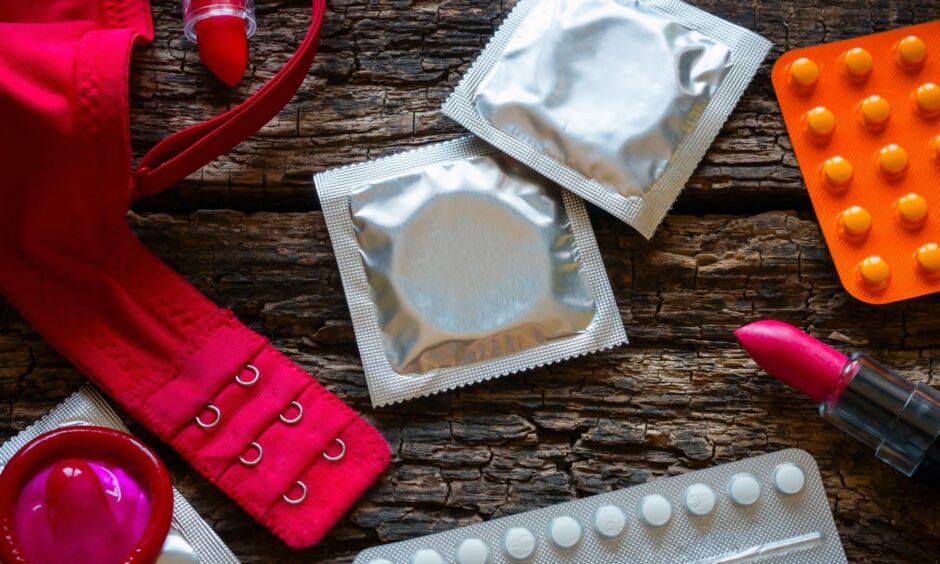
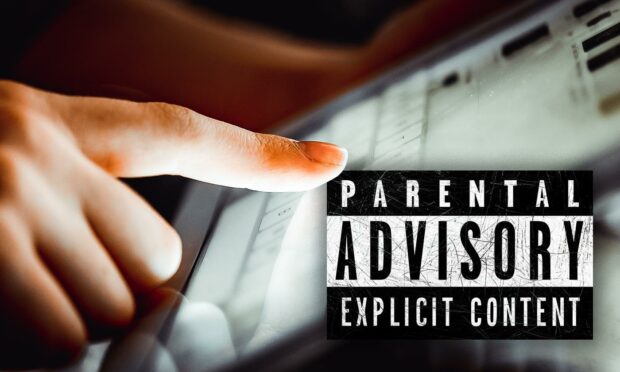
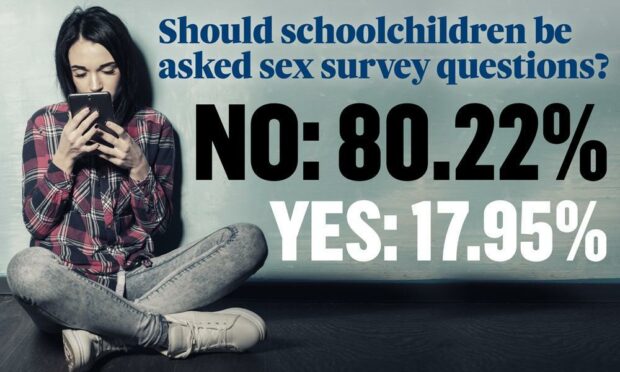
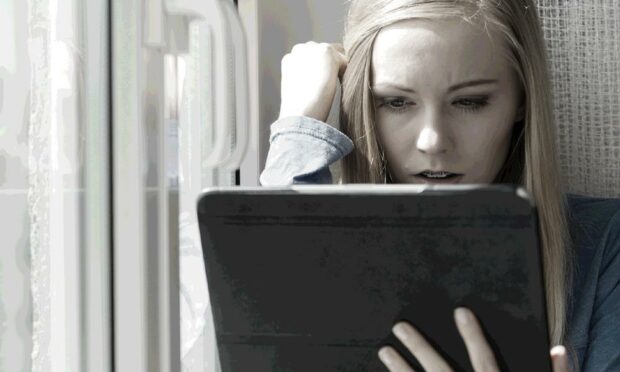
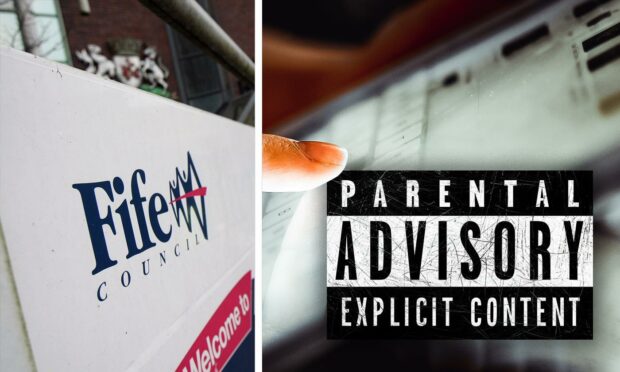
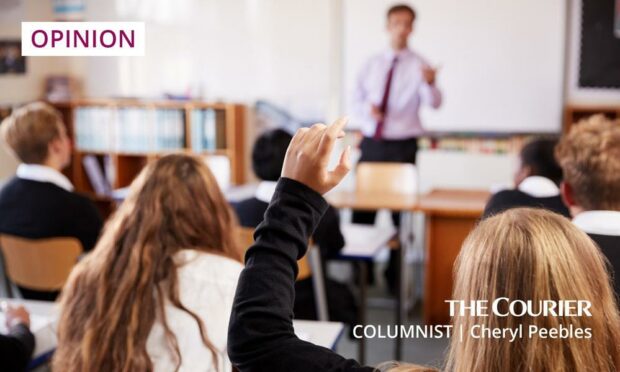
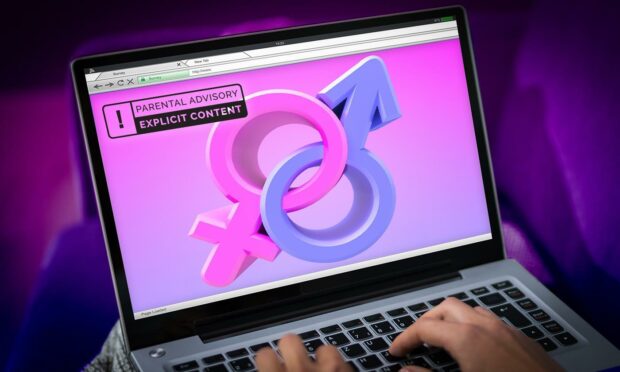


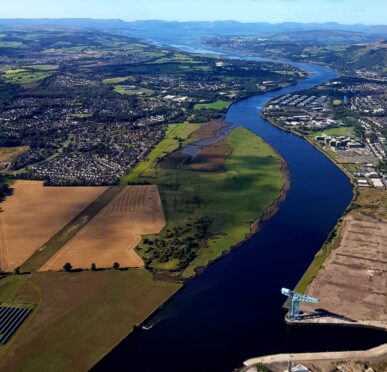







Conversation